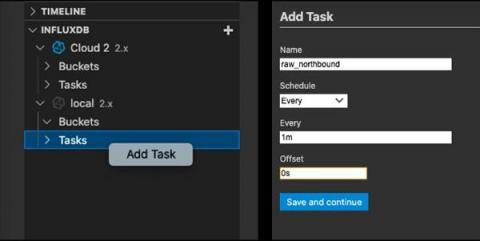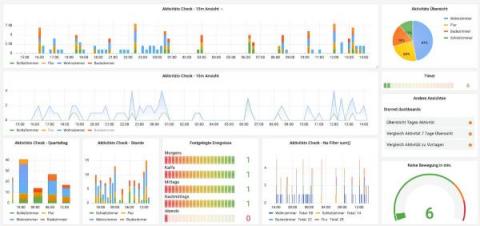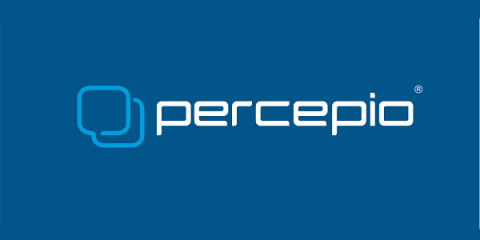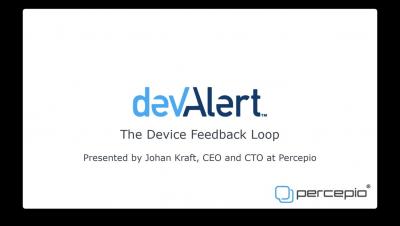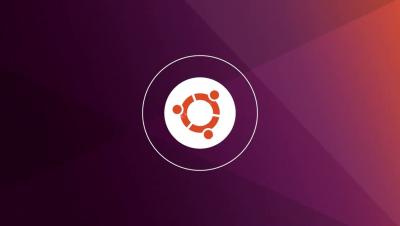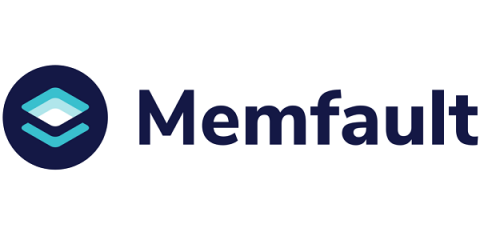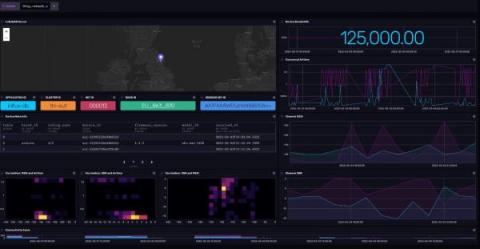InfluxDB as an IoT Edge Historian: A Crawl/Walk/Run Approach
The question of how to get data into a database is one of the most fundamental aspects of data processing that developers face. Data collection can be challenging enough when you’re dealing with local devices. Adding data from edge devices presents a whole new set of challenges. Yet the exponential increase in IoT edge devices means that companies need proven and reliable ways to collect data from them.




